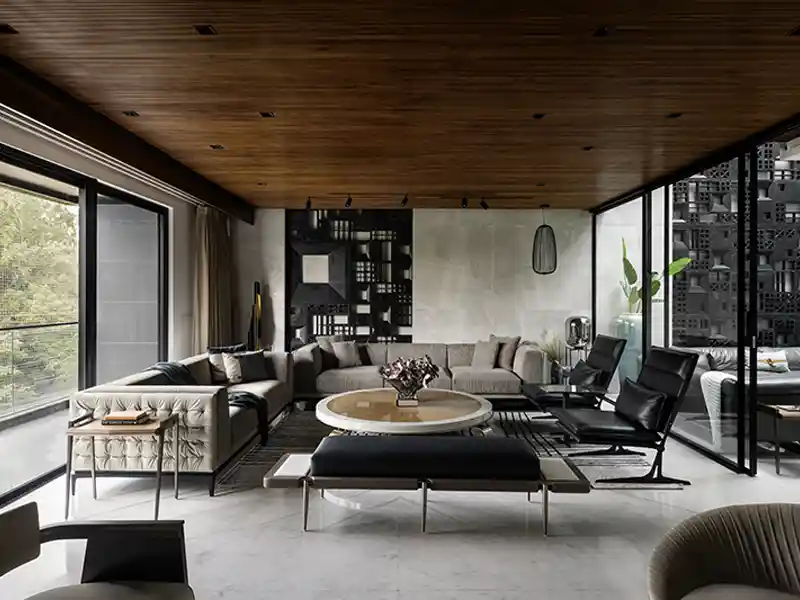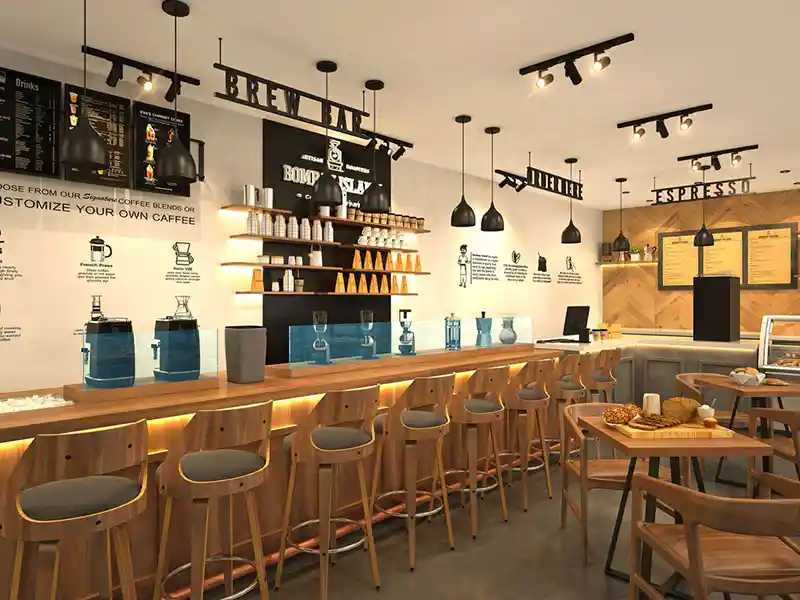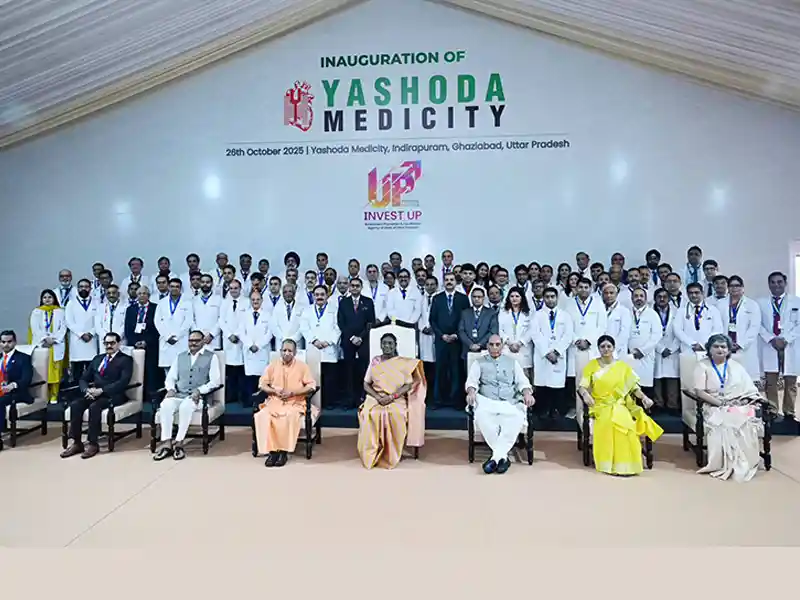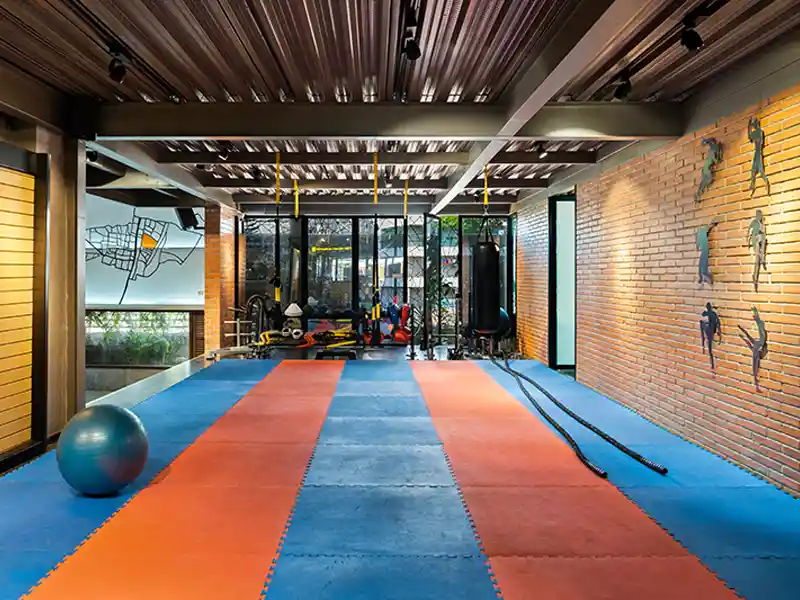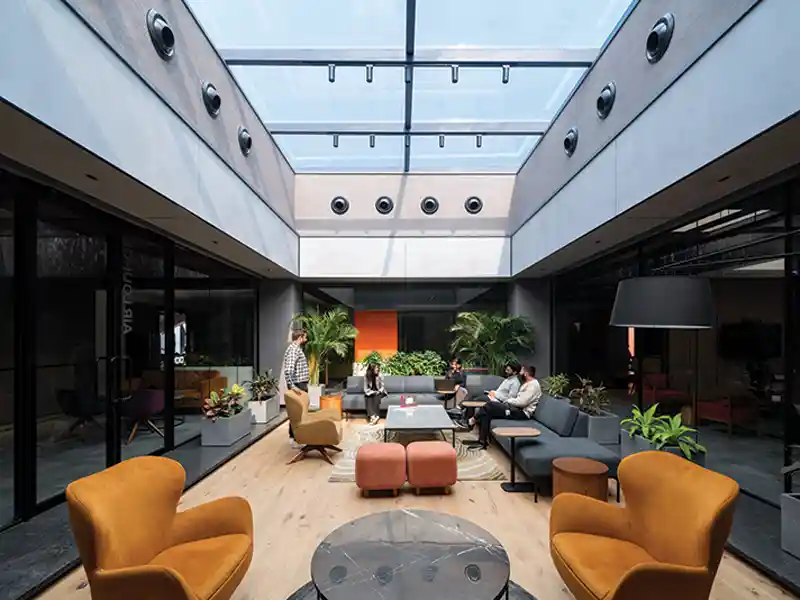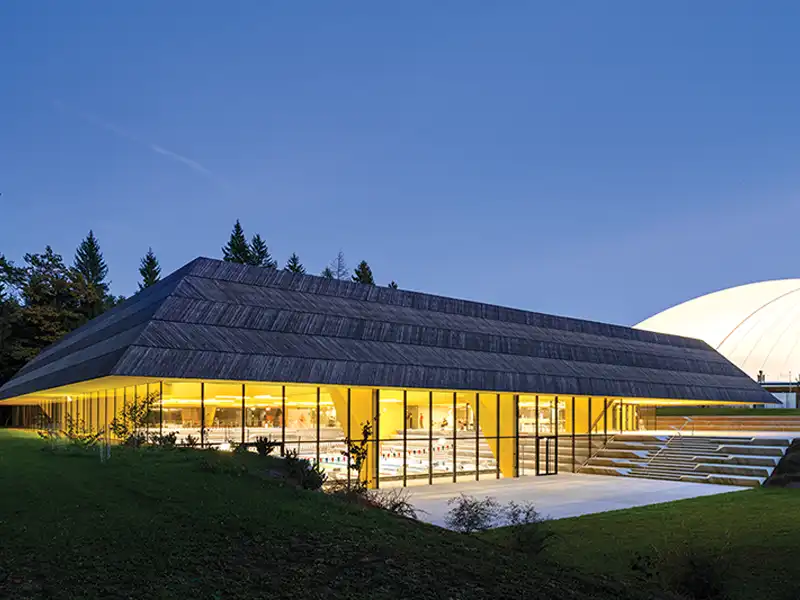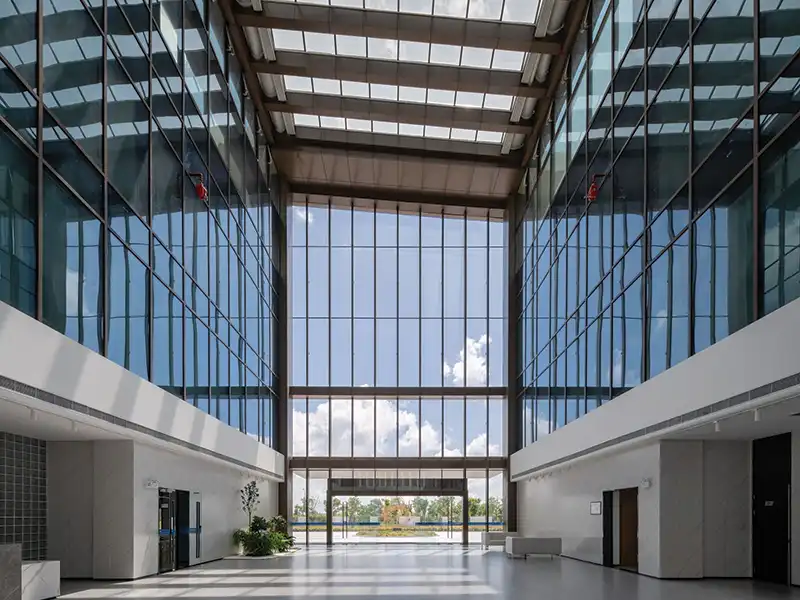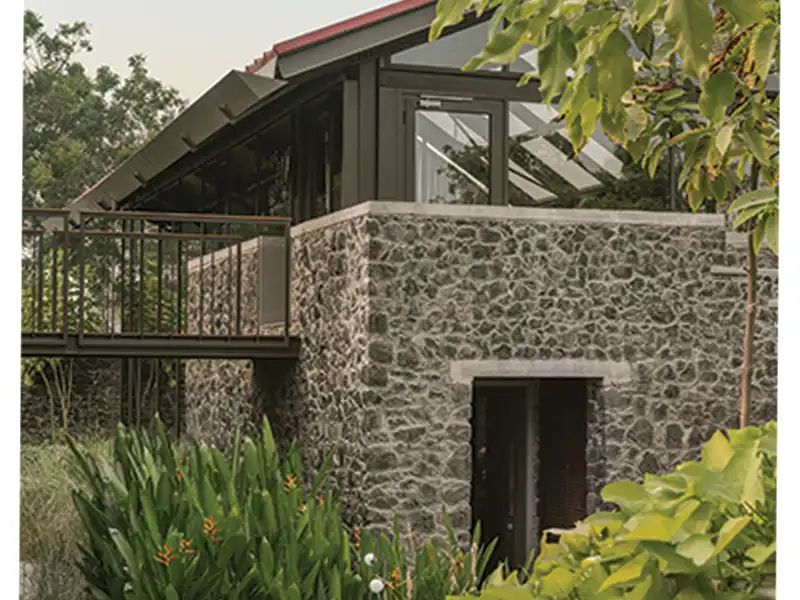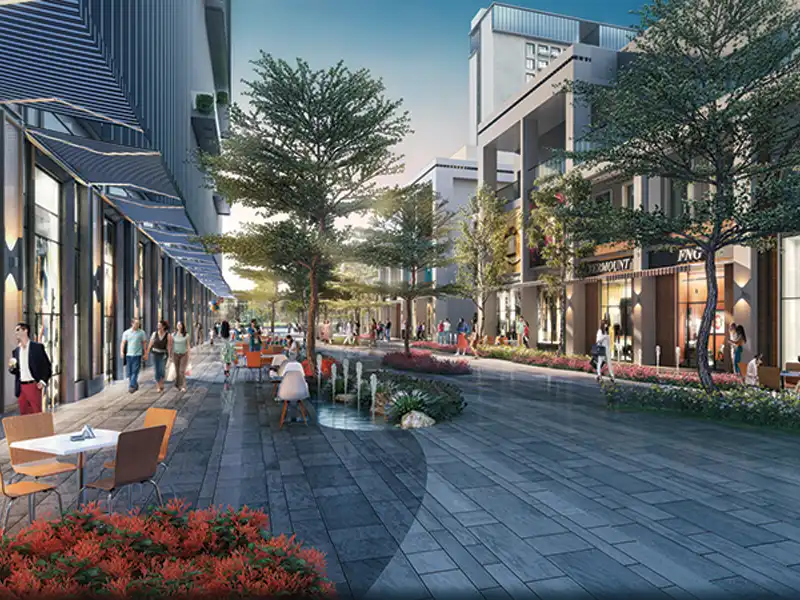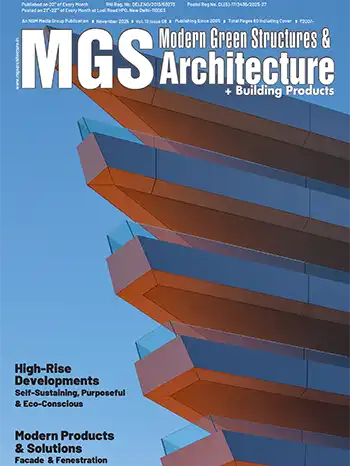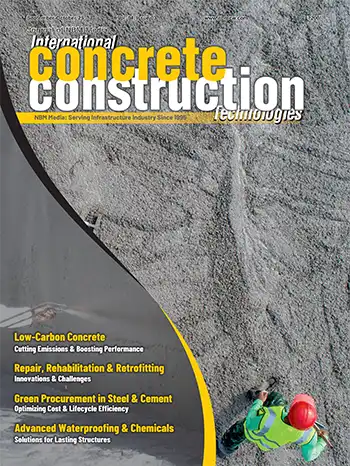Jatin Gupta & Poulomi Dhar, co-Founders, Design Ethics Studio
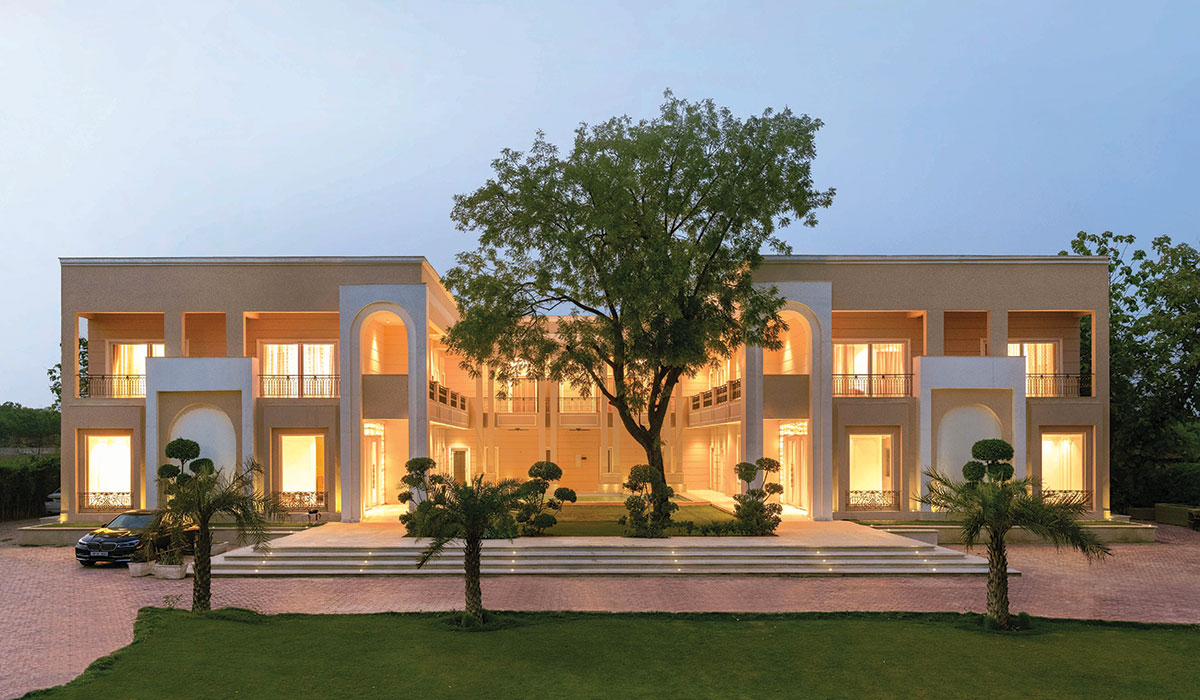
Biophilic design is often reduced to a passing trend or an aesthetic gesture, characterised by the addition of greenery or the mere suggestion of an open space. However, its application is far more nuanced and deliberate. It involves calibrated spatial decisions: framing outward views, creating transitional thresholds, harnessing daylight as a spatial modifier, and enabling passive visual and tactile connections with natural elements. These strategies cultivate a heightened sense of presence and orientation, fostering spaces that promote clarity, comfort, and continuity.
To be effective, biophilic thinking must be embedded early in the design process. It requires a thoughtful response to site, climate, program, and context. A courtyard anchored at the heart of a plan, a semi-permeable façade filtering light, or a circulation spine aligned with a tree canopy—these are architectural responses that shape how spaces are experienced, interpreted, and remembered.
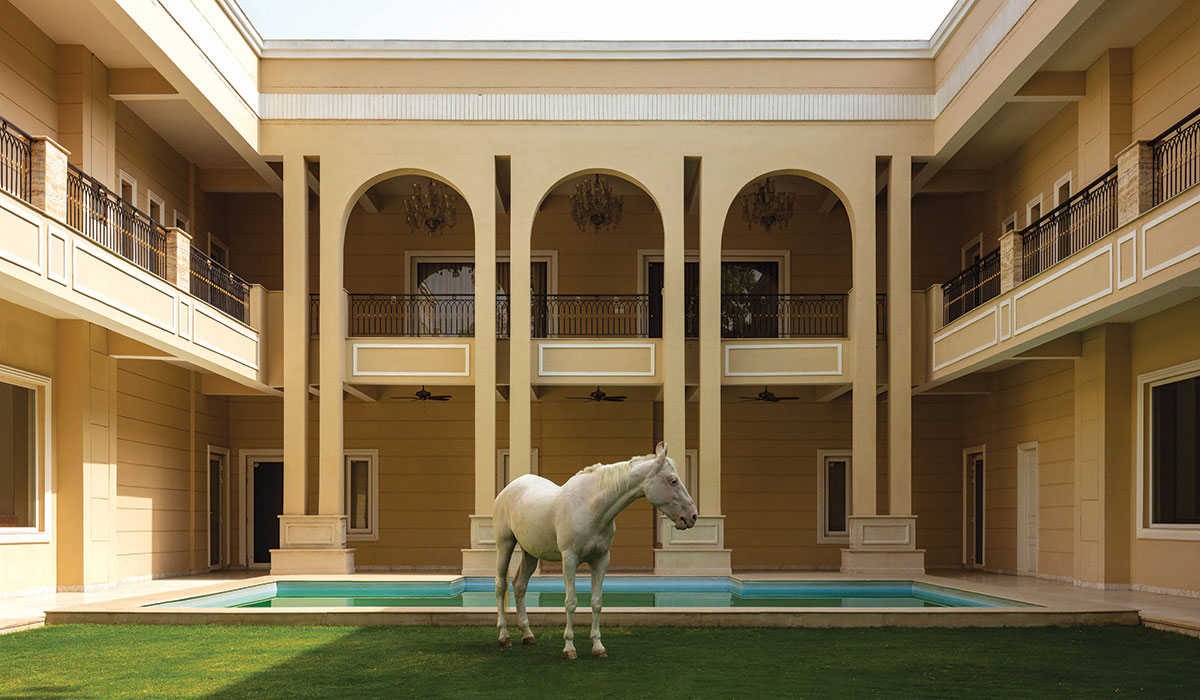
The temporal dimensions of biophilic design are equally vital. Spaces that transform with the time of day or change across seasons extend the life of architecture beyond its material boundaries. For architects, the challenge is to embed these ideas seamlessly into the design logic. When done well, they appear structured, precise, and programmatically relevant. Their impact is often achieved through restraint, proportion, sequencing, and a material clarity that reinforces the architectural intent rather than competing with it.
As architectural practices continue to evolve, biophilic design must be recognised not as a trend, but as a foundational responsibility. It provides the tools to design with intention, to elevate the user experience, and to create spaces that are relevant, resilient, and resonant over time.
Jatin Gupta & Poulomi Dhar
Superficial or ornamental expressions of biophilia may offer brief visual appeal, but they fall short of contributing to the deeper architectural narrative. In contrast, authentic biophilic design enhances wayfinding, improves spatial legibility, and introduces moments of pause and transition. It gives rise to environments that are intuitively navigable and experientially rich.


